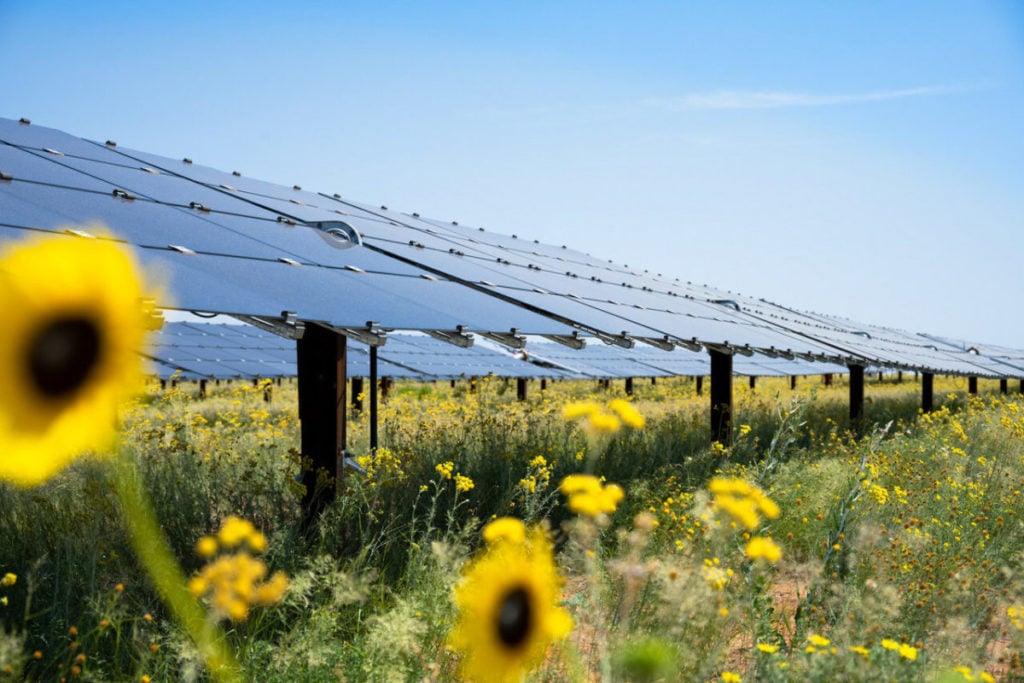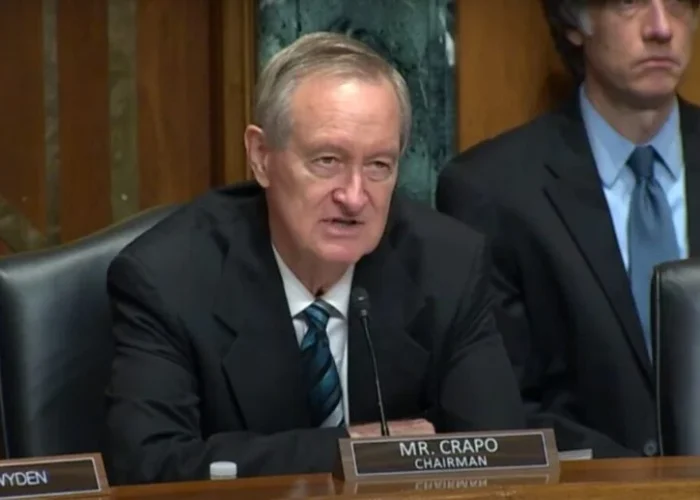
Utility-scale solar PV capacity added in 2022 reached nearly 13GW in the US, dropping from the previous year due to supply chain constraints and sourcing difficulties for solar panels.
This is according to the latest annual market report from the American Clean Power Association (ACP) along with the quarterly report for Q1 2023 that highlighted an increased activity for renewables since the passage of the Inflation Reduction Act (IRA) in August 2022. The installation rate has slowed down for the first time since 2017.
Unlock unlimited access for 12 whole months of distinctive global analysis
Photovoltaics International is now included.
- Regular insight and analysis of the industry’s biggest developments
- In-depth interviews with the industry’s leading figures
- Unlimited digital access to the PV Tech Power journal catalogue
- Unlimited digital access to the Photovoltaics International journal catalogue
- Access to more than 1,000 technical papers
- Discounts on Solar Media’s portfolio of events, in-person and virtual
Despite the decline, commissioned projects from clean resources in 2022 saw its third biggest year with 25.5GW of new capacity added, bringing the total installed capacity of clean power to 228GW as of the end of 2022.
The opening quarter of the year in 2023 – with 4GW of renewable capacity added – also saw its lowest numbers in three years, with a 36% decrease compared to Q1 2022.
The slower capacity additions in 2022, along with Q1 2023 were affected by delays in permitting, trade policy uncertainty, sourcing difficulties of solar panels, unresolved IRA implementation, transmission shortages and interconnection queues which further increased last year and almost reached 1TW for solar PV alone.
In 2022, delays affected almost 50GW of renewable projects in late-stage development which increased to 63.3GW by the end of Q1 2023. On average, delays last for six months or longer.
However, solar was the technology with the highest share of capacity addition – beating onshore wind for the second time – with nearly 40% of the total market, while battery storage had a 13% share. Overall, renewables accounted for almost 80% of all the capacity added to the grid in 2022.
Looking at the upcoming pipeline for different renewable technologies, solar accounted for 58% of all capacity, with more than 80GW for a total of 137GW by the end of 2022 across solar, wind and storage.
By the end of 2022, California, Texas and Florida were leading in total installed solar capacity with 17.5GW, 12.4GW and 6.1GW, respectively. These three states are also leading in the total operating capacity for battery storage with 4.9GW, 1.8GW and 543MW, respectively.
Five more states – North Carolina (5.9GW), Nevada (3.8GW), Georgia (3.6GW), Arizona (2.9GW) and Virginia (2.9GW) – had more than 2GW of total installed solar capacity by the end of 2022.
At the upstream level, the solar industry has been burgeoning since the passage of the IRA in August last year, with 27 announcements for new manufacturing plants, expansions or re-opening of manufacturing across the solar PV value chain, with Enel North America selecting Oklahoma for its 3GW heterojunction cell and module assembly plant as the latest example of it. Solar PV accounted for more than half of the 47 announcements between 16 August 2022 and Q1 2023 across clean energy manufacturing.
“The clean energy revolution is underway,” said ACP CEO Jason Grumet. “We have the technology, financial capital and workforce to power our economy with clean, affordable and secure energy. There is broad bipartisan support for American energy innovation. But the clean energy transition will not succeed unless Congress and Governors enable the siting and construction of new energy facilities and support the build out of transmission that is required to bring clean power to the people.”
As of the end of 2022, solar’s share of electricity generation reached 4.8%, when a decade ago it barely contributed with 0.1%.







